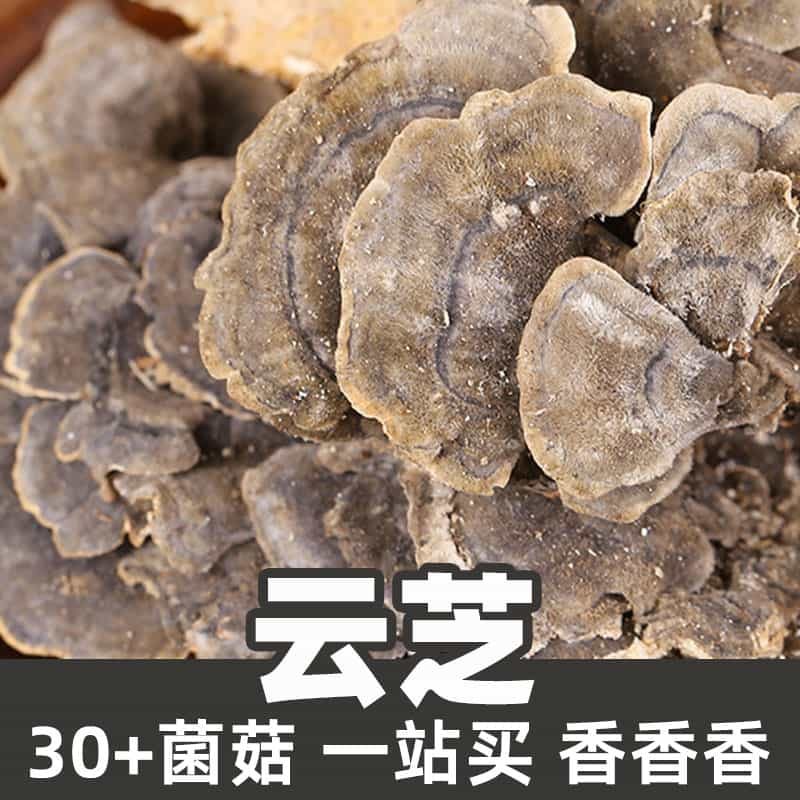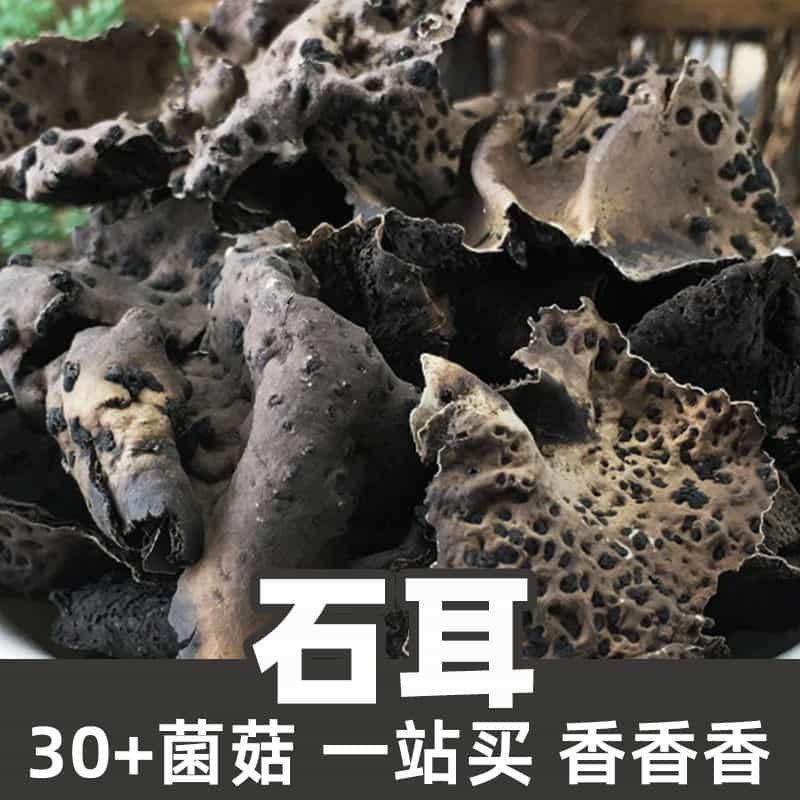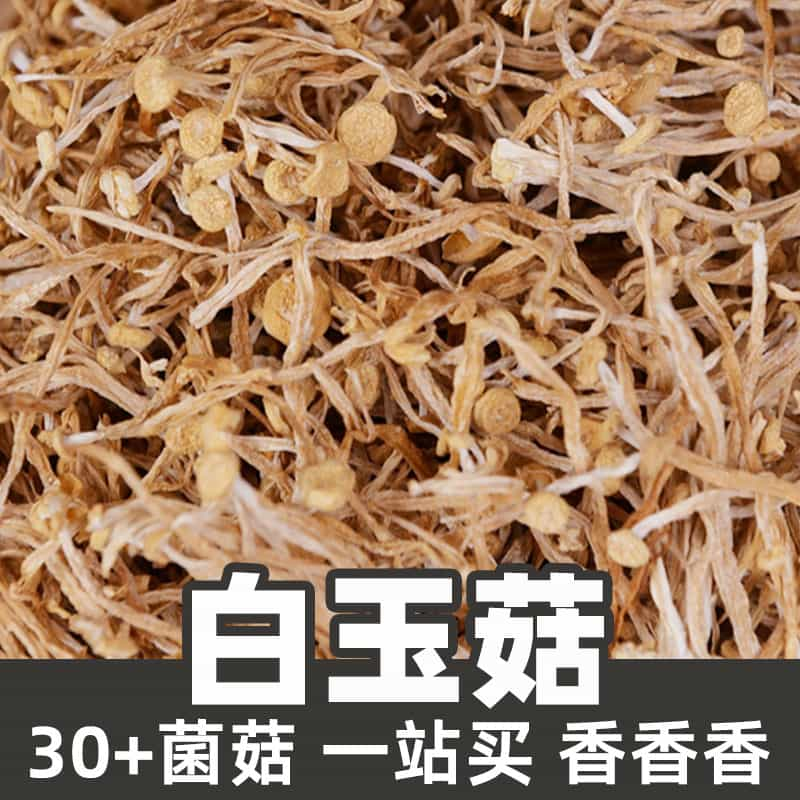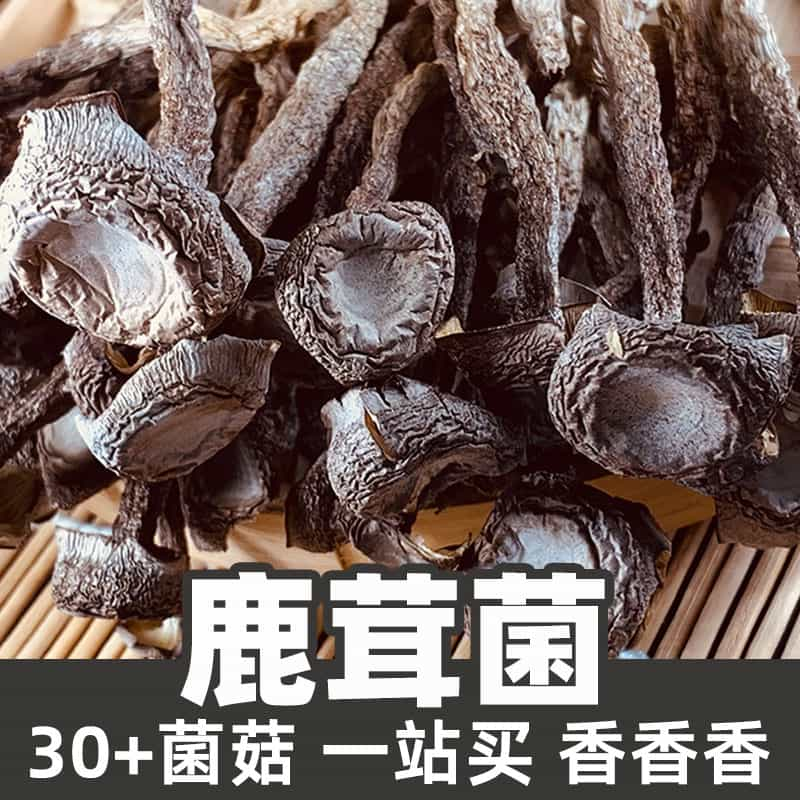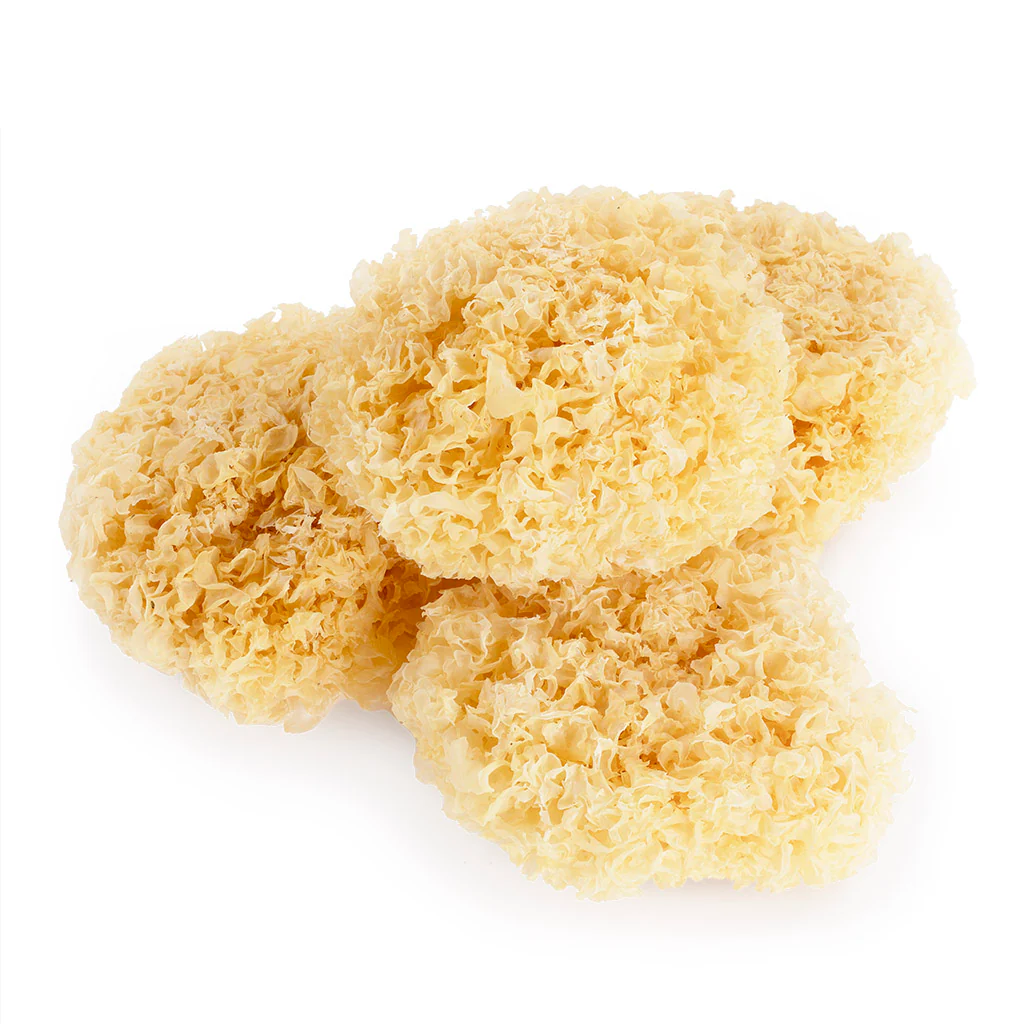Product Introduction
Agaricus blazei Murrill, also known as the Almond Mushroom or Himematsutake, is a type of edible fungus native to the tropical regions of Brazil and parts of Japan. This mushroom is characterized by its distinctive taste, reminiscent of almonds, and its nutritional profile, making it appealing for culinary and medicinal purposes. Rich in bioactive compounds, Agaricus blazei Murrill is recognized for its potential health benefits, including immune modulation and antioxidant properties. Research has highlighted its polysaccharides, particularly beta-glucans, as significant contributors to its therapeutic effects. Historically, this mushroom has been used in traditional medicine, and it has gained popularity as a health supplement in recent years, appealing to those looking to enhance their overall well-being. This versatile fungus can be consumed fresh, dried, or as a powder in various forms, from culinary dishes to health supplements, making it accessible for general consumption.
Nutritional Composition
The nutritional profile of Agaricus blazei Murrill reveals a wealth of active ingredients that contribute to its functional benefits. One of the key components is its polysaccharide content, particularly beta-glucans, which are known for their immunomodulatory effects. These compounds can enhance the activity of immune cells, helping the body to better respond to infections and diseases. The presence of polysaccharides also supports gut health and may aid in regulating blood sugar levels.
In addition to polysaccharides, Agaricus blazei Murrill is rich in vitamins, including B vitamins like riboflavin, niacin, and pantothenic acid, as well as vitamin D, which play crucial roles in energy metabolism and immune function. It also contains essential minerals such as potassium, copper, and selenium, which are important for heart health and antioxidant defense.
Another significant compound found in this mushroom is ergosterol, a type of sterol that can be converted into vitamin D2 upon exposure to UV light. Ergosterol has been studied for its potential cholesterol-lowering effects and other health benefits. Moreover, the mushroom's content of phenolic compounds provides additional antioxidant properties that can protect against oxidative stress.
Overall, the combination of polysaccharides, vitamins, minerals, and phenolic compounds makes Agaricus blazei Murrill a valuable addition to a balanced diet, promising various health benefits while enhancing culinary experiences.
Application Scenarios
Agaricus blazei Murrill finds application in a variety of settings due to its health-promoting properties and culinary versatility. One of the most common uses is in dietary supplements and functional foods aimed at improving immune health. Its rich content of beta-glucans helps modulate immune function, making it a popular choice for individuals looking to strengthen their immune systems, particularly during cold and flu seasons.
In traditional medicine, Agaricus blazei Murrill has been utilized for its potential to support overall health. Individuals dealing with chronic conditions such as diabetes or those undergoing cancer treatment may incorporate it into their diets to harness its beneficial properties. The mushroom can also help manage blood sugar levels and promote gut health, making it suitable for diabetic diets.
Culinary applications include adding the mushroom to soups, stews, and stir-fries due to its distinctive almond-like flavor and texture. Chefs and home cooks alike appreciate its compatibility with various ingredients, enhancing the taste of both vegetarian and meat-based dishes.
In research settings, Agaricus blazei Murrill is studied for its pharmacological properties, focusing on its potential role in combating diseases and improving quality of life. Its bioactive compounds are examined for their effects on various conditions, including chronic inflammation and cardiovascular diseases.
The versatility of Agaricus blazei Murrill allows it to be used in both culinary and medicinal contexts, appealing to a wide range of consumers, from health enthusiasts to gourmet cooks.
Growth Environment and Geographic Distribution
Agaricus blazei Murrill thrives in specific environmental conditions that contribute to its growth and development. It is typically found in subtropical and tropical climates, with Brazil being its primary native habitat, particularly in the São Paulo region. This mushroom prefers warm, humid environments with temperatures ranging from 20°C to 30°C (68°F to 86°F), making it well-suited for agriculture in these regions.
In the wild, it grows on nutrient-rich substrates, often found in decomposing wood and leaf litter in forested areas. This natural habitat provides the organic matter necessary for the mushroom's growth, allowing it to absorb nutrients effectively. As a saprophytic fungus, Agaricus blazei Murrill plays a crucial role in the ecosystem by breaking down organic material and contributing to soil health.
Apart from its native region, Agaricus blazei Murrill has been introduced to other parts of the world, including Japan and the United States, where it is cultivated commercially. In Japan, cultivation techniques have been refined, and the mushroom is a popular staple in both culinary and medicinal applications. The commercial farming of Agaricus blazei Murrill has expanded due to growing demand for its health benefits, leading to successful cultivation efforts in various regions with suitable climates and conditions.
As the interest in health foods and supplements increases globally, the distribution of Agaricus blazei Murrill continues to broaden, making it more accessible to consumers. This trend highlights the importance of understanding its growth requirements to ensure sustainable cultivation practices.
Harvesting, Processing, and Storage
The harvesting of Agaricus blazei Murrill involves careful attention to its growth cycle to ensure optimal quality. Typically, mushrooms are harvested when their caps are fully expanded, but before they begin to release spores. This timing is crucial to maintain their flavor and nutritional quality. Harvesting is generally done by hand to avoid damage to the delicate structures of the mushrooms, ensuring they remain intact for further processing.
Once harvested, Agaricus blazei Murrill undergoes processing for both culinary and medicinal purposes. Fresh mushrooms are often cleaned gently—removing debris without washing them under running water, which can result in loss of flavor and texture. They can be used fresh in various dishes or can be dried for long-term storage.
Drying is a popular method for preserving Agaricus blazei Murrill, as it concentrates its flavor and extends shelf life. The drying process typically involves air drying or using a dehydrator, which must be done at low temperatures to maintain bioactive constituents. Once dried, the mushrooms can be ground into powder, making them easy to incorporate into supplements, flavored powders, or other functional foods.
For optimal storage, dried Agaricus blazei Murrill should be kept in airtight containers in a cool, dark place to protect it from moisture and light. Proper storage extends its shelf life and preserves essential nutrients and flavor. Fresh mushrooms should be consumed relatively quickly, ideally within a week if stored in a refrigerated environment.
Overall, careful harvesting, processing, and storage strategies contribute to the quality and longevity of Agaricus blazei Murrill, ensuring it remains a valuable ingredient in both gastronomy and health applications.
Monica Sun is a seasoned expert in the natural raw materials industry, with over a decade of experience specializing in traditional Chinese medicinal herbs, spices, and fungi. She is skilled in the sourcing, processing, and application of these materials, emphasizing sustainability and innovation. Monica Sun has contributed to the development of high-quality natural raw materials that serve as essential components in functional foods, pharmaceuticals, and cosmetics, delivering tailored solutions to meet diverse market needs.









